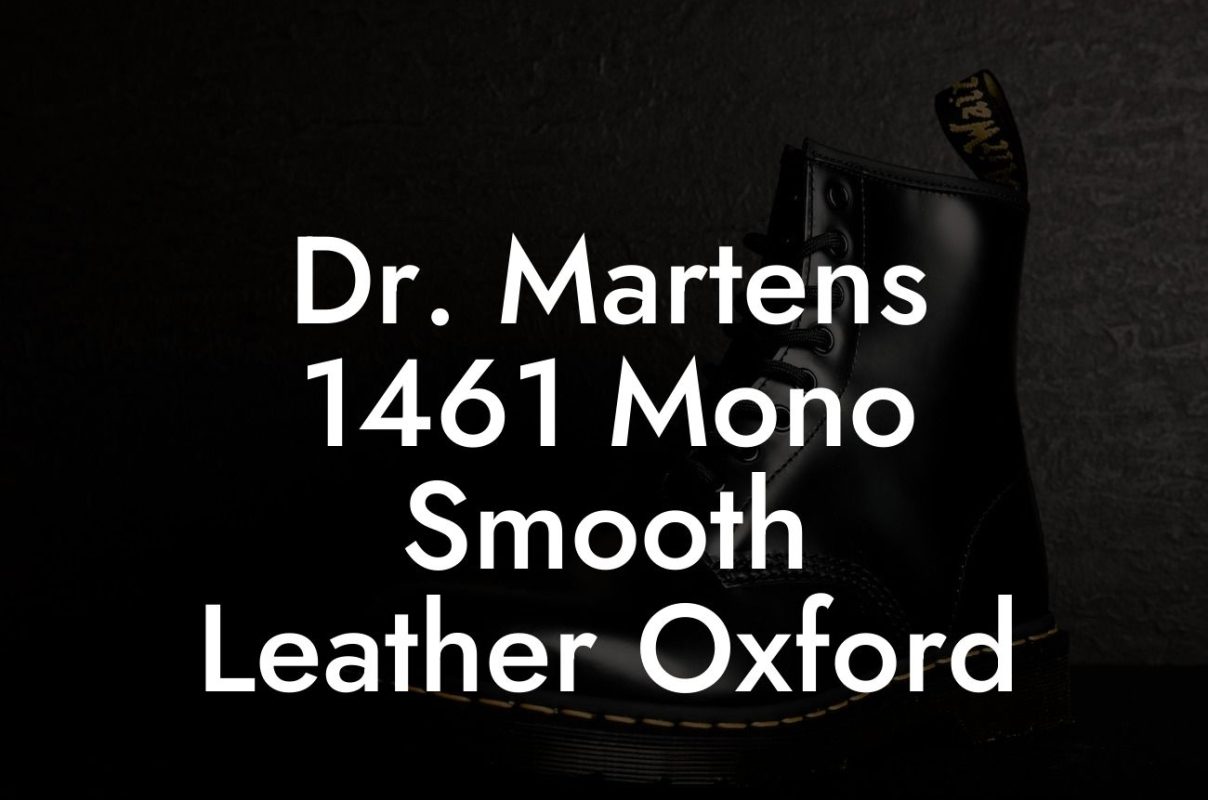Dr. Martens shoes have become synonymous with rebellious style and unbeatable durability. With a rich history dating back to the 1940s, these iconic footwear has evolved over time, but fans often wonder if the soles have undergone any significant changes. In this article, we delve into the world of Dr. Martens soles, exploring their history, their recent developments, and how these changes impact the overall experience of wearing these treasured shoes.
Feet in ridiculous pain and you're slowly loosing the will to live? Try Break Me In Daddy, the easiest way to break in your new Doc Martens without making your feet look like grated cheese. Lactose, cute toes. Find out more →
Dr. Martens' soles have evolved significantly since their inception. Initially designed by German doctor Klaus Maertens to provide comfort and support to his injured foot, these shoes gained popularity among the working class in the post-World War II era. The original soles featured air-cushioned technology, which revolutionized the footwear industry and became a signature feature of Dr. Martens.
Over the years, Dr. Martens continued to innovate and refine their soles. They introduced different sole materials, including PVC and rubber, to enhance durability and provide better traction. These advancements allowed wearers to confidently walk on various terrains, making Dr. Martens a favorite among workers, musicians, and fashion enthusiasts alike.
In recent years, Dr. Martens faced speculation about changes to their soles. Some enthusiasts claimed that the brand compromised the quality and comfort of their shoes by altering the materials or construction of their soles. However, it's essential to separate fact from fiction.
Dr. Martens has indeed introduced new sole variants over time, such as the ultra-lightweight Phylon and Ziggy soles. While these additions attract some wearers seeking a more modern aesthetic, Dr. Martens continues to offer their signature air-cushioned soles, ensuring that loyal fans can still experience the classic comfort and support they adore.
So, did Dr. Martens change their soles fundamentally? The answer is yes and no. While they have introduced new options, they have not abandoned their famous air-cushioned soles entirely. This commitment to maintaining the core essence of Dr. Martens ensures that wearers can choose the sole that best suits their preferences without compromising the brand's heritage.
Did Dr Martens Change Soles Example
To better understand the impact of different soles on Dr. Martens, let's consider a realistic example. Imagine a fashion-conscious individual wants to add a pair of Dr. Martens to their collection but desires a more lightweight sole for everyday wear. In this case, they can explore the Ziggy Sole range, which offers a contemporary look and reduced weight while still maintaining the renowned Dr. Martens quality.
On the other hand, someone looking for the classic Dr. Martens experience can opt for the iconic air-cushioned soles, which provide unmatched comfort and support. These wearers can stay true to the brand's heritage while enjoying the timeless appeal and longevity of their beloved shoes.
Whether you prefer the traditional air-cushioned soles or the newer options, Dr. Martens continues to provide versatile and stylish footwear for every occasion. By understanding the evolution of their soles, you can make an informed choice and find the perfect pair that embodies your individual style.
If you enjoyed this article exploring the evolution of Dr. Martens soles, we invite you to explore other captivating guides on Break Me In Daddy. Share this article with your friends who love Dr. Martens to ignite engaging discussions about their favorite footwear brand. Stay tuned for more informative content that unravels the mysteries behind your beloved Dr. Martens shoes, boots, and sandals.













